Construction 3D Printing
Exploring the Emerging Design Territory of
Construction 3D Printing – Project Led
Architectural Research
James. B. Gardiner
In partial fulfilment of the requirements for the degree of Doctor of Philosophy
School of Architecture and Design
RMIT University
August 2011

3D printing techniques (also known as additive fabrication) are maturing and increasingly being used as an alternative means for niche product manufacturing. These fabrication techniques are now being scaled up and adapted for full-scale fabrication within the construction industry.
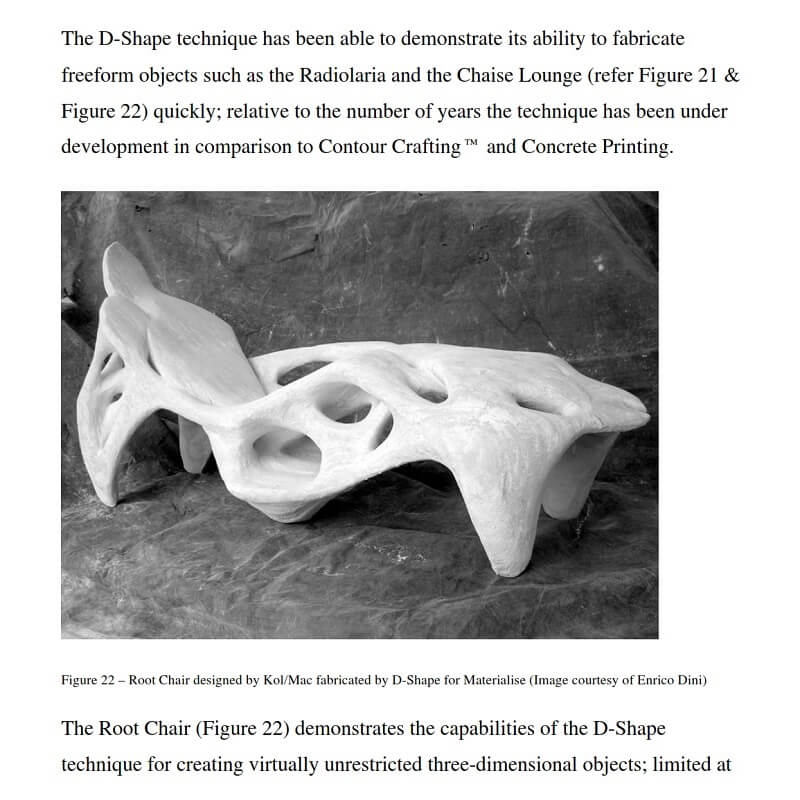 While it has been suggested that construction 3D printing (fabrication of construction elements using scaled up 3D printing machines) could lead to significant advances within the construction industry, there are currently few examples of how such advances could be achieved at a building scale.
While it has been suggested that construction 3D printing (fabrication of construction elements using scaled up 3D printing machines) could lead to significant advances within the construction industry, there are currently few examples of how such advances could be achieved at a building scale.
 Although there has been significant effort invested in the development of construction 3D printing techniques, little detailed architectural design exploration has been published to establish methods for its application within the construction industry.
Although there has been significant effort invested in the development of construction 3D printing techniques, little detailed architectural design exploration has been published to establish methods for its application within the construction industry.
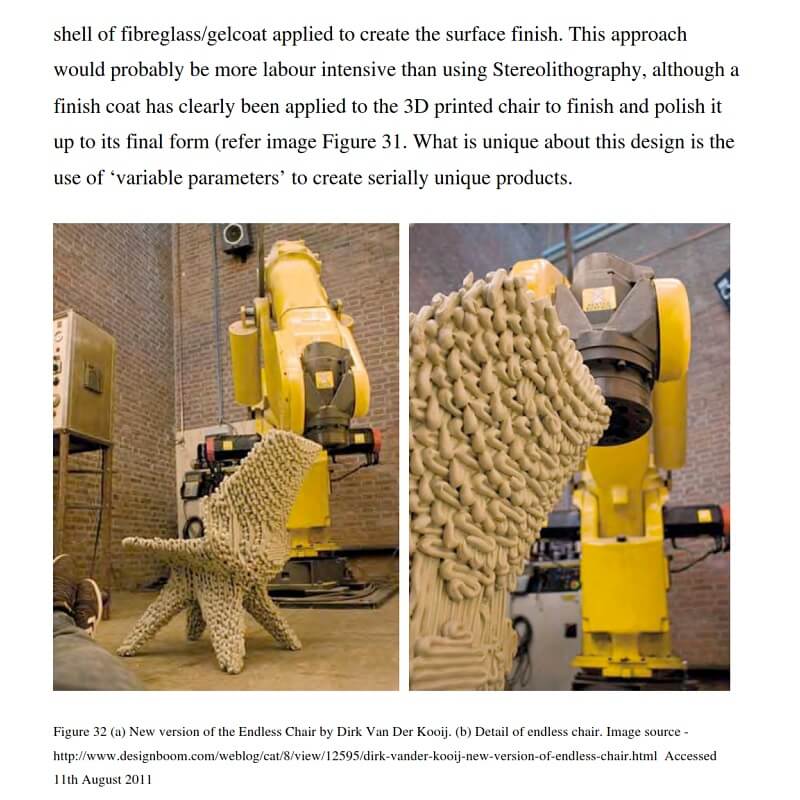 In this thesis by James. B. Gardiner, the central proposition is that further detailed architectural exploration, focused on design for construction 3D printing combined with off-site fabrication methods and digital design tools, is necessary to tease out the potentials and limitations of construction 3D printing techniques.
In this thesis by James. B. Gardiner, the central proposition is that further detailed architectural exploration, focused on design for construction 3D printing combined with off-site fabrication methods and digital design tools, is necessary to tease out the potentials and limitations of construction 3D printing techniques.
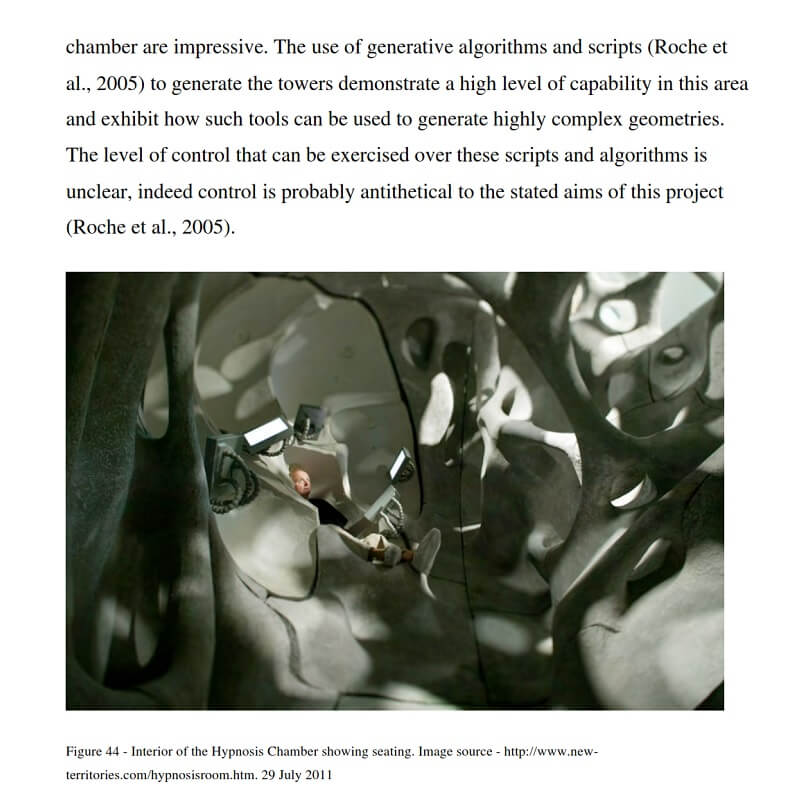 This exegesis is split into two parts; the first part presents background research based on interviews, site visits and literature review, focused on the topics; design, off-site fabrication, digital design tools and 3D printing within construction and parallel industries (aerospace, automotive, manufacturing and shipbuilding).
This exegesis is split into two parts; the first part presents background research based on interviews, site visits and literature review, focused on the topics; design, off-site fabrication, digital design tools and 3D printing within construction and parallel industries (aerospace, automotive, manufacturing and shipbuilding).
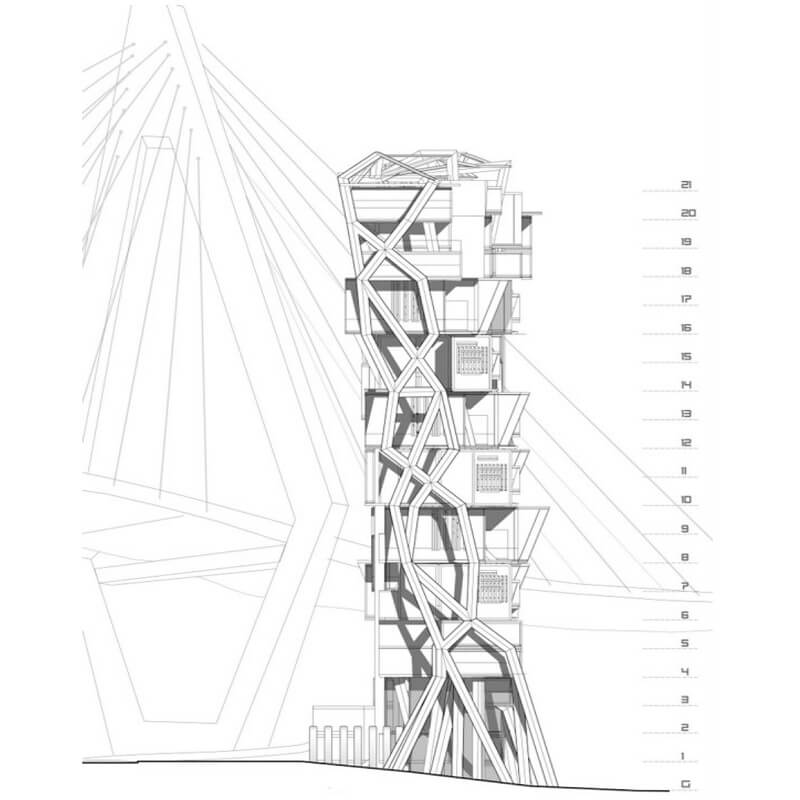 The second part of the exegesis presents case studies of three architectural projects, which the author designed, focused on design for fabrication using construction 3D printing. These case studies include: Freefab, a visionary design for a high-rise apartment building on Sydney harbour, designed in 2004. And two new architectural projects: Villa Roccia, a rock inspired house to be built in Sardinia and (in)human habitat a speculative design for an artificial reef in the Red Sea.
The second part of the exegesis presents case studies of three architectural projects, which the author designed, focused on design for fabrication using construction 3D printing. These case studies include: Freefab, a visionary design for a high-rise apartment building on Sydney harbour, designed in 2004. And two new architectural projects: Villa Roccia, a rock inspired house to be built in Sardinia and (in)human habitat a speculative design for an artificial reef in the Red Sea.
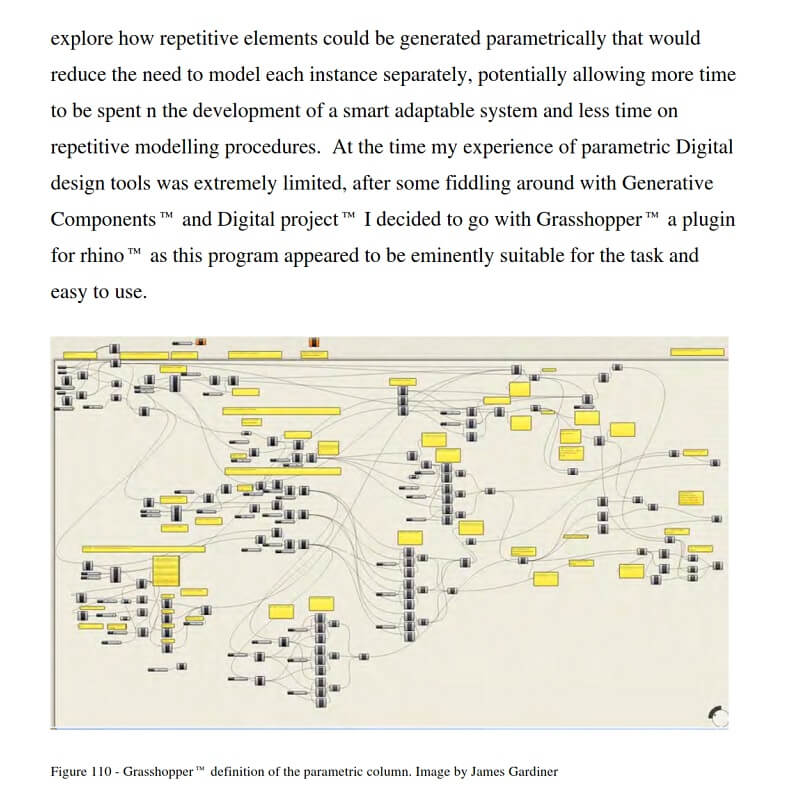 The original contribution of this research is in the primary field survey of practices and emerging trends within the construction and parallel industries. Original contributions are also made in the synthesis of selected practices identified from literature review and the field surveys to form novel design and construction methodologies. These methodologies have been tested through the design of unique architectural projects focused on fabrication using construction 3D printing.
The original contribution of this research is in the primary field survey of practices and emerging trends within the construction and parallel industries. Original contributions are also made in the synthesis of selected practices identified from literature review and the field surveys to form novel design and construction methodologies. These methodologies have been tested through the design of unique architectural projects focused on fabrication using construction 3D printing.
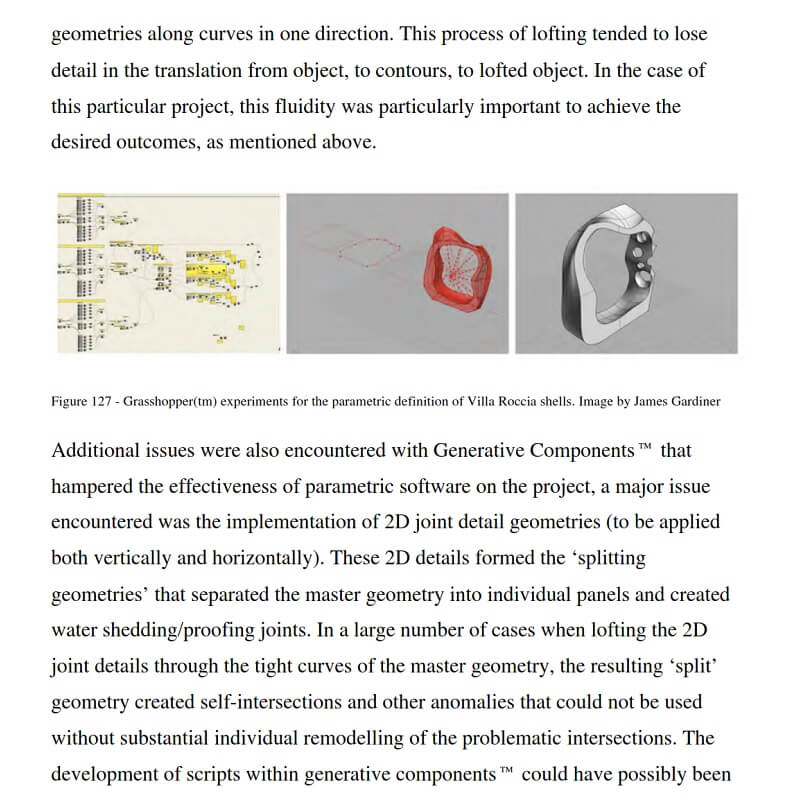
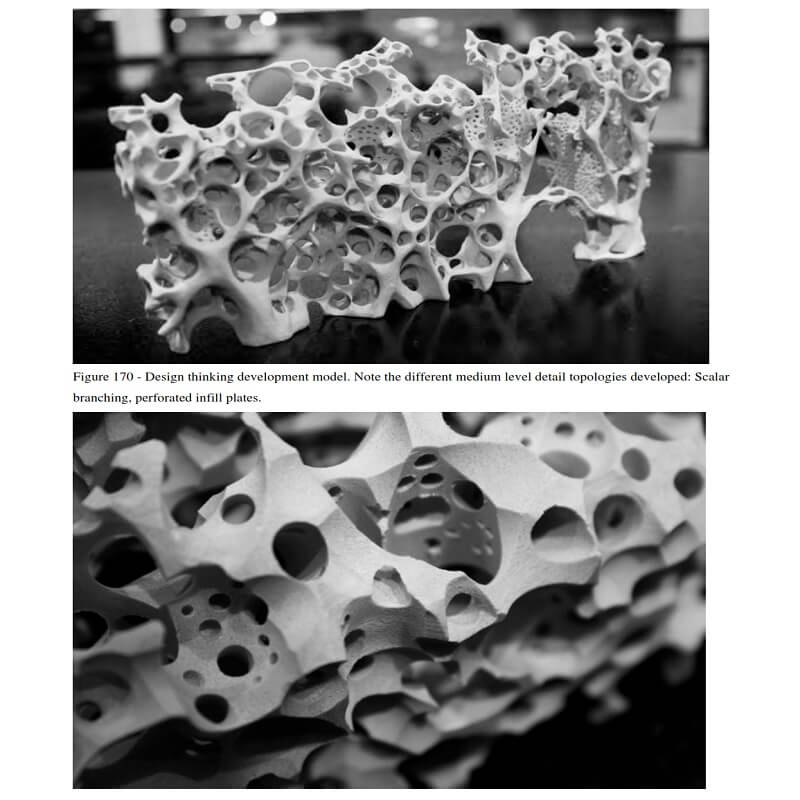
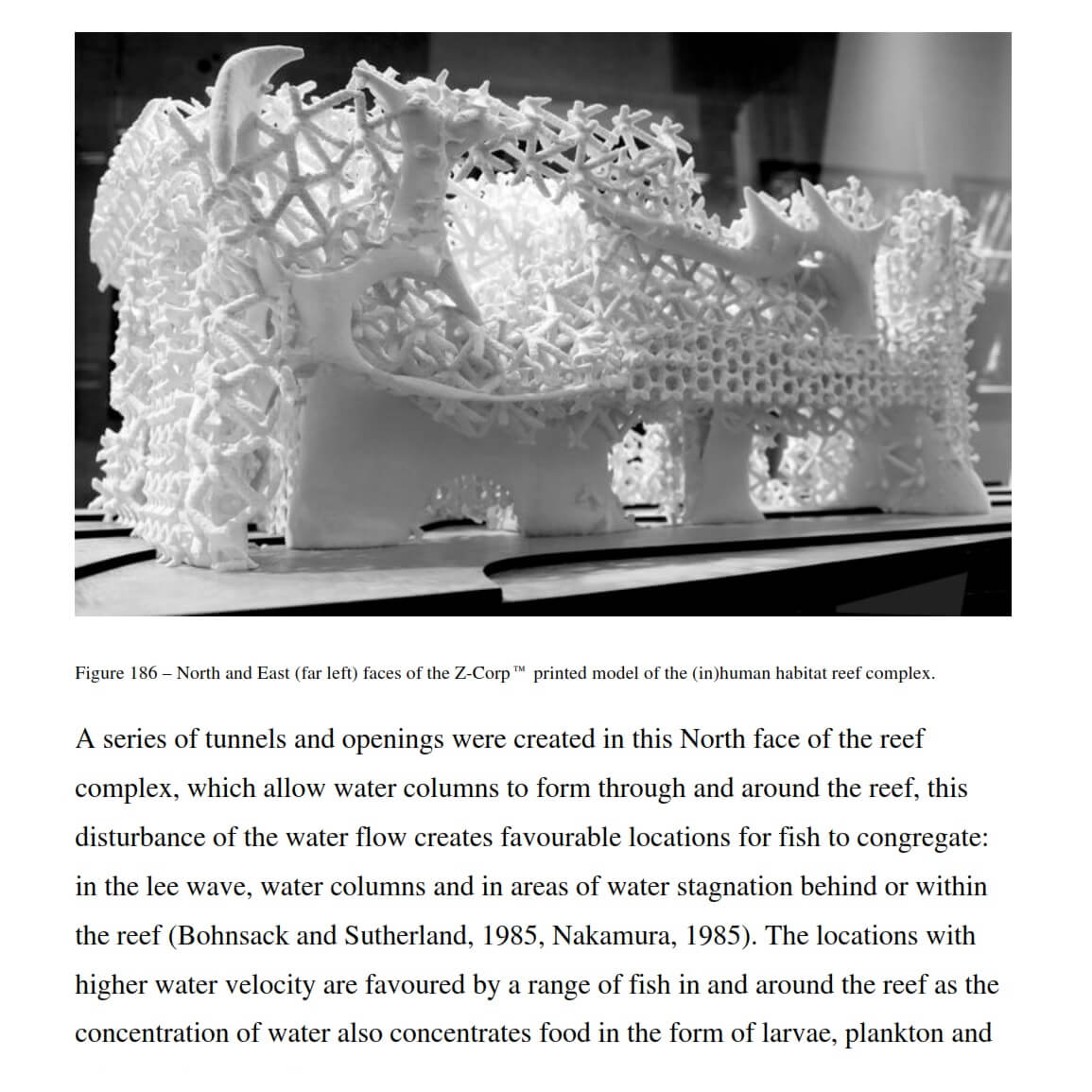




























Comments